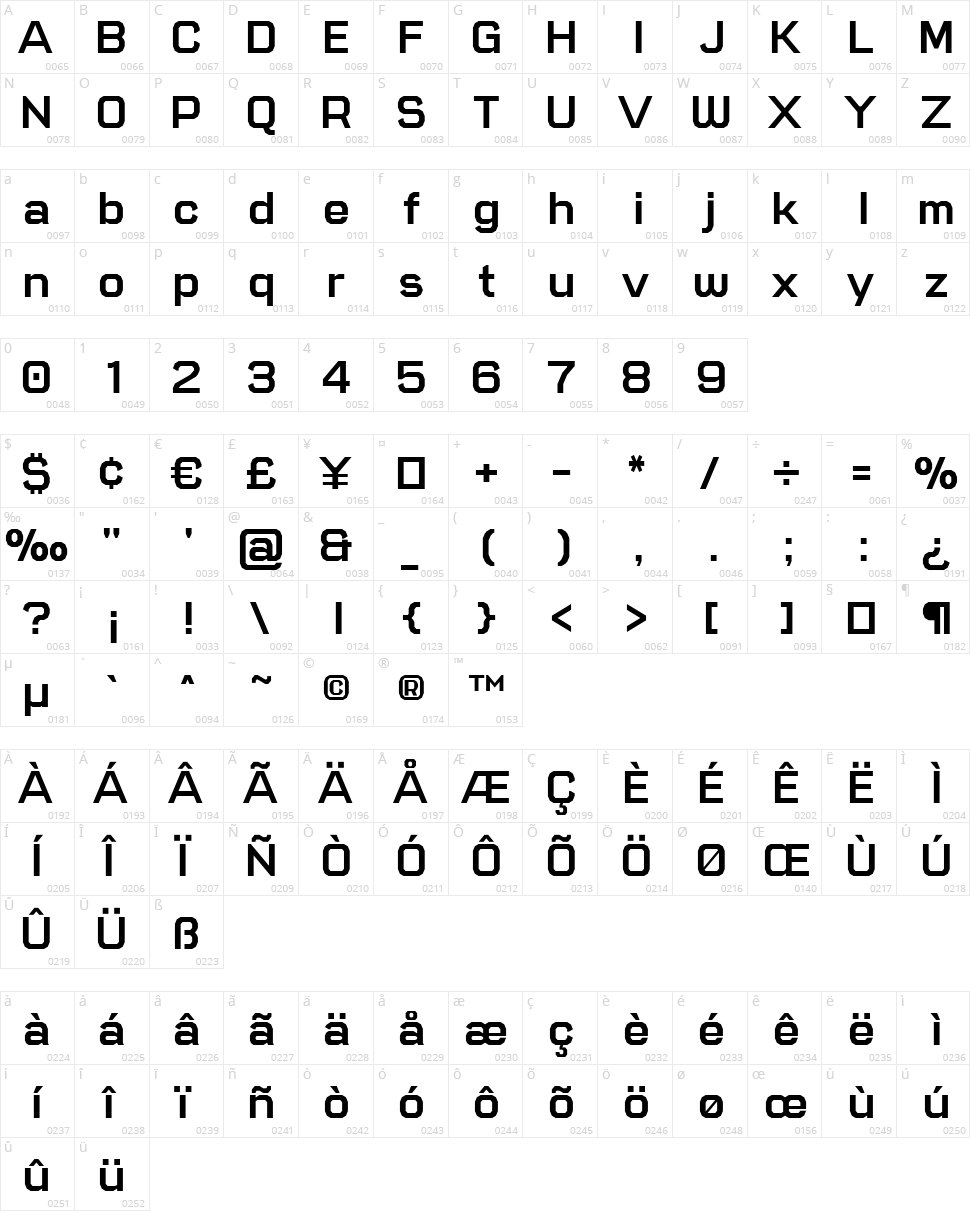
This implies the efficacy of the comprehensive simulation proposed by this study.

Using the well-known simulator technique of NS-2, the experiments showed that different types of DDoS have been characterized, examined and detected. Hence, this paper aims to accommodate a comprehensive simulation in order to figure out and detect DDoS attacks. In particular, the Distributed DoS (DDoS) is considered to be the most challenging threat to various networks. However, the variety of its types hinders the process of configuring the DoS attacks. Many research studies have examined the simulation of networks in order to observe the behavior of DoS. Denial-of-Service (DoS) is one of the common attacks that targets several types of networks in which a huge amount of information is being flooded into a specific server for the purpose of turning of such server.

One of the serious challenges is the security where wide range of attacks would threat these networks. With the dramatic evolution in networks nowadays, an equivalent growth of challenges has been depicted toward implementing and deployment of such networks. Furthermore, when comparing the two reactive routing protocols, AODV performs better than DSR. The results analysis of routing protocols under the security attacks, it was observed that the DSDV significantly has lower performance because of frequent link changes and connection failures which led to heavy overload and congestion problems. The simulation was run by implementing codes in DSDV, DSR and AODV CC class files to accommodate the behavioral pattern of attacks. Awk script was used to analyze the trace file and produce the average throughput, packet delivery ratio and end-to-end delay as the result of the simulation. The performance analyses of routing protocols for Ad-Hoc wireless networks, DSDV, DSR and AODV were investigated using network parameters such as averages throughput, packet delivery ratio and End-to-end delay using various scenarios of mobile node and size of the network. In oth er not to comp romi se the confidentiality, and integrity of network services, the safety of packets data can only be achieved by guaranteeing that the problem of security has met the requisite standard.

These wireless ad-hoc networks consist of independent nodes with decentralized administration and physical infrastructures, with a dynamic topology in which nodes can easily leave or join the network at all time and also move freely. Wireless networks have certainly been a revolution in today's technologically as one of the most vital and active fields in the communication industries.


 0 kommentar(er)
0 kommentar(er)
